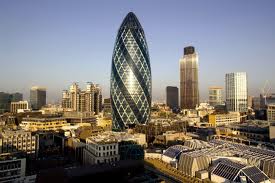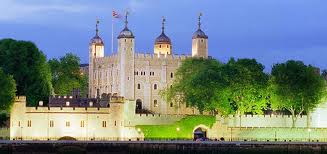 The Tower of London is the oldest city construction which could witness the legions of Romans and Saxons. Its founder is considered to be Wilhelm I (Duke of Normandy, William the Conqueror). Having conquered England he began erecting defenses and the Tower of London became the largest of them. The great construction was started to be built from the White Tower - the heart of all the structure. The White Tower represents a quadrangle 32 meters wide and 36 meters long. Its height is about 30 meters. The building was finished in 1100. In the times of Richard the Lionheart the Tower was extended by some more towers and walls. Under his rule it was also surrounded by the moat. more »
The Tower of London is the oldest city construction which could witness the legions of Romans and Saxons. Its founder is considered to be Wilhelm I (Duke of Normandy, William the Conqueror). Having conquered England he began erecting defenses and the Tower of London became the largest of them. The great construction was started to be built from the White Tower - the heart of all the structure. The White Tower represents a quadrangle 32 meters wide and 36 meters long. Its height is about 30 meters. The building was finished in 1100. In the times of Richard the Lionheart the Tower was extended by some more towers and walls. Under his rule it was also surrounded by the moat. more »
Archive for the Category »Разговорные темы «
Westminster Abbey is rightfully considered to be one of the main sights of London. The history of Westminster began in 1065 when Edward the Confessor founded Benedectine Abbey at the place of the church which had existed there. Westminster Abbey had been acquiring its present appearance since the XIII century, in the times of Henry III, its construction was over only in the XVI century.
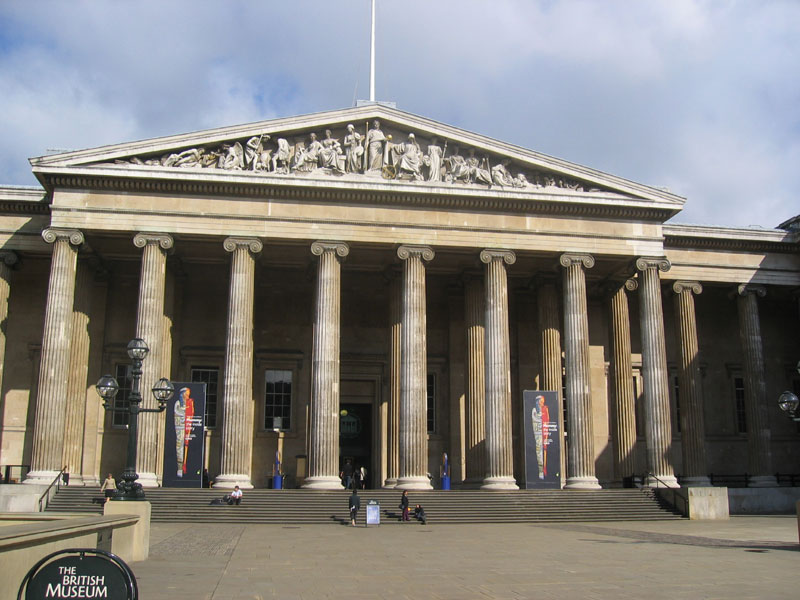 The British National Museum is justly considered to be the pride of London. It is a unique treasury keeping the enormous experience of the civilization and having about seven million of exhibits. The history of the British Museum dates back to far 1753. While the first visitor stepped under the museum vaults on the 15th of September 1759. As it often happens, the museum owes its existence to the generosity of patrons. Only three persons managed to make such a foundation which allowed the museum to rise this high. The richest collections of Hans Sloane, the famous library of Robert Cotton, the unique manuscripts of Robert Harley – these all became first exhibits of the museum and foredoomed its further destiny, the destiny of the universal museum. more »
The British National Museum is justly considered to be the pride of London. It is a unique treasury keeping the enormous experience of the civilization and having about seven million of exhibits. The history of the British Museum dates back to far 1753. While the first visitor stepped under the museum vaults on the 15th of September 1759. As it often happens, the museum owes its existence to the generosity of patrons. Only three persons managed to make such a foundation which allowed the museum to rise this high. The richest collections of Hans Sloane, the famous library of Robert Cotton, the unique manuscripts of Robert Harley – these all became first exhibits of the museum and foredoomed its further destiny, the destiny of the universal museum. more »
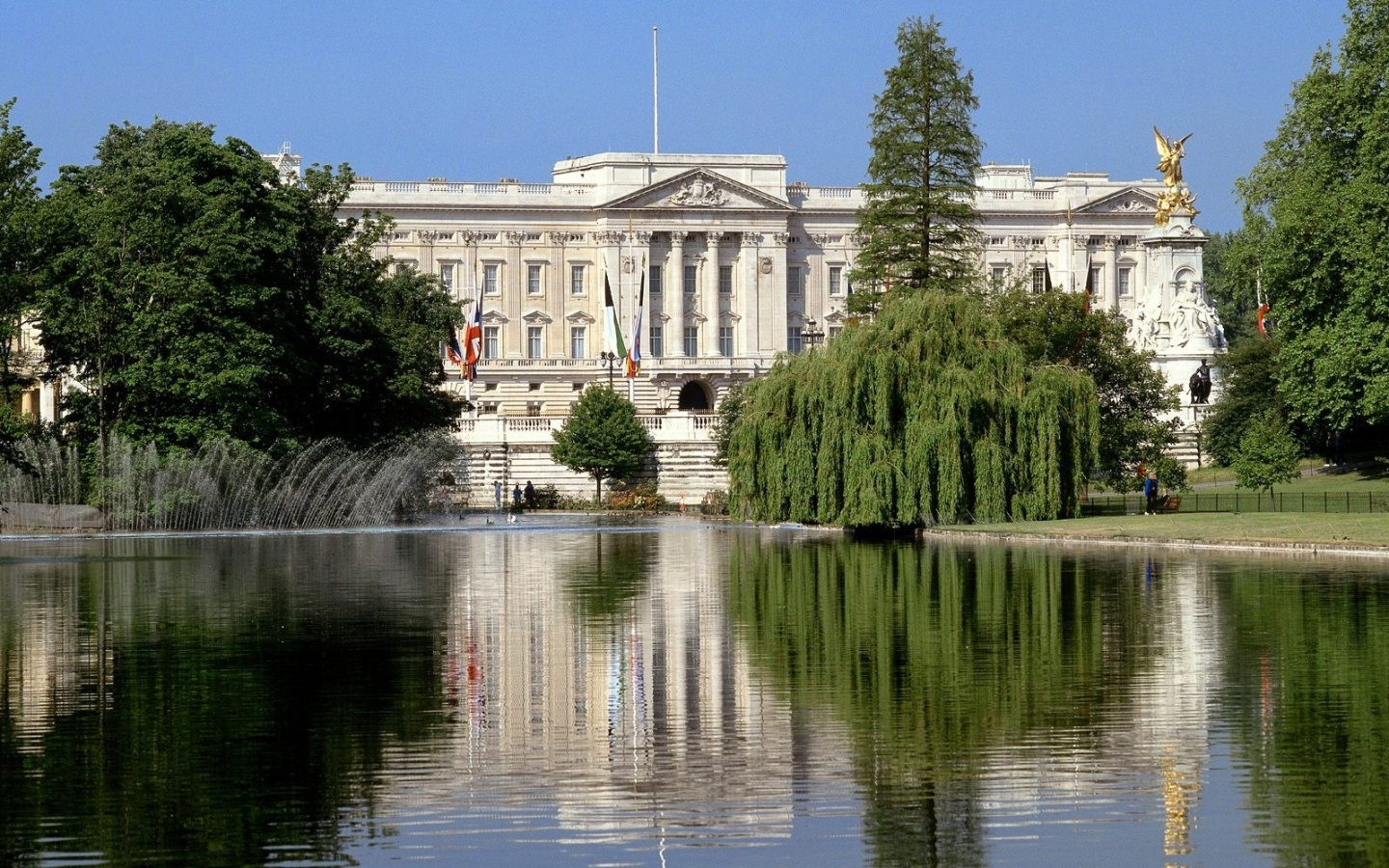 Buckingham Palace is one of the pearls of the England’s heritage, many other London’s sights simply pale beside its magnificence. Today it is an official residence of the Royal family of England.
Buckingham Palace is one of the pearls of the England’s heritage, many other London’s sights simply pale beside its magnificence. Today it is an official residence of the Royal family of England.
The history of Buckingham Palace dates many centuries back. It was initially built in the beginning of the eighteenth century for the Duke of Buckingham and was deemed to be one of the most splendid palaces all over London. In 1762 it received the title “Queen’s House” right after its purchase by King George III for his spouse – Queen Charlotte from the then owner – sir Charles Sheffield. more »
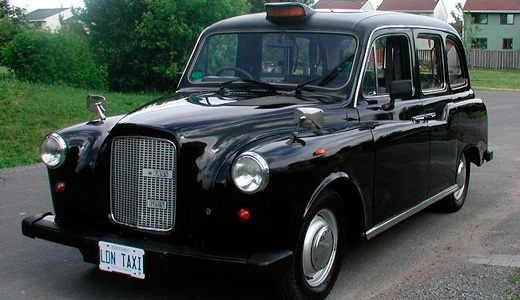 The world-known London taxi black cab has its own history, culture and traditions. Black cab is one of the symbols of London in addition to red double-deck buses, telephone booths and Big Ben. The history of the English taxi started in 1639 when coachmen united to create their own licensed Corporation. Initially they used four-wheeled carriages, but already in the 1850s there appeared more manoeuvring open two-wheeled carts on the streets of London – they were called cabriolets (here is where the word “cab” originates from). more »
The world-known London taxi black cab has its own history, culture and traditions. Black cab is one of the symbols of London in addition to red double-deck buses, telephone booths and Big Ben. The history of the English taxi started in 1639 when coachmen united to create their own licensed Corporation. Initially they used four-wheeled carriages, but already in the 1850s there appeared more manoeuvring open two-wheeled carts on the streets of London – they were called cabriolets (here is where the word “cab” originates from). more »
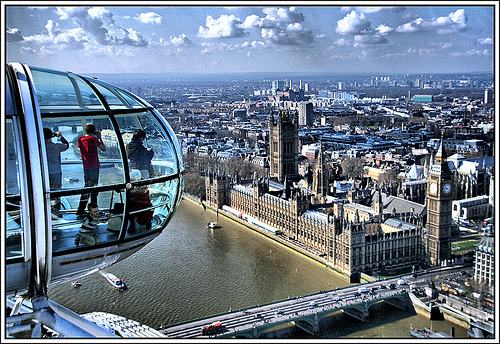 Londoners marked the beginning of the new millennium by the construction of the largest European Ferris wheel on the Thames embankment. The new tourist attraction of London was called “the London Eye”. The structure is 135 meters high which is equal to the height of a 45-storey skyscraper. The creators of this magnificent project are architects Julia Barfield and David Marks. The London Eye sooner resembles a wheel of a giant bicycle but its name is probably explained by the fact that the citizens of the English capital and guests of the city can observe London panoramas from the bird’s eye view. Hardly had it been built when it already became one of the main places of interest in London. Today it has even more visitors than the Taj Mahal and the Pyramids of Egypt do. more »
Londoners marked the beginning of the new millennium by the construction of the largest European Ferris wheel on the Thames embankment. The new tourist attraction of London was called “the London Eye”. The structure is 135 meters high which is equal to the height of a 45-storey skyscraper. The creators of this magnificent project are architects Julia Barfield and David Marks. The London Eye sooner resembles a wheel of a giant bicycle but its name is probably explained by the fact that the citizens of the English capital and guests of the city can observe London panoramas from the bird’s eye view. Hardly had it been built when it already became one of the main places of interest in London. Today it has even more visitors than the Taj Mahal and the Pyramids of Egypt do. more »
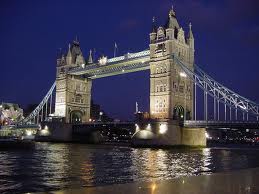 One of the most popular among tourists and most visited English sights is Tower Bridge in London. Even if you have never seen it before – you’ll immediately recognize this place. It appeared following the decision of the London Parliament that passed the bill on a bridge construction over the Thames in 1872: the city needed one more bridge to harmonize with the architecture of the Tower of London. So an architect Horace Jones worked out a design of a draw bridge in Gothic style.
One of the most popular among tourists and most visited English sights is Tower Bridge in London. Even if you have never seen it before – you’ll immediately recognize this place. It appeared following the decision of the London Parliament that passed the bill on a bridge construction over the Thames in 1872: the city needed one more bridge to harmonize with the architecture of the Tower of London. So an architect Horace Jones worked out a design of a draw bridge in Gothic style.
It has two towers interconnected by few passages for tourists at the height of 42 meters over the water and 34 meters over the highway. The symbol of London also has bascules weighing 1200 tons each, they can open to form an angle of 86 degrees and to let heavy ships with carrying capacity of about 10000 tons sail beneath. more »
People worldwide celebrate Happy Valentine’s Day in February, 14th. This is when they try to congratulate the beloved ones and show their affection to them in various ways. Traditionally people give small presents to each other on St. Valentine’s Day – flowers, chocolate sweets, plush toys and valentines, of course – special cards, usually heart-shaped, with tender words of love expressed in verse sometimes. Some romantic couples, who love this holiday passionately, celebrate by declaration of love and engagement. They believe it can bring them happiness. more »
30 St Mary Axe Skyscraper
The world famous skyscraper St Mary Axe, which stands in the downtown of London, was built right at the place of the Baltic Exchange destroyed in 1992 by the gunmen of the Irish Republican Army. Due to the shape of the construction and the greenish glass of the building face, the skyscraper earned the nickname “cucumber”. The tower was built in 2004 under the project of a well-known English architect Norman Foster, author of numerous unique projects famous all over the world, at the commission of Swiss Reinsurance Company. Even being still unfinished it already became one of the main sights of the British capital. more »
 Every year, thousands of young people come to Great Britain to learn English. They come from a range of backgrounds, and have varying expectations of what their stay in the country will be like. Two things they all have right to expect, however, are that their stay in Great Britain will be reasonably enjoyable, and that they will return to their countries speaking English a lot better than when they left them. How can a language school ensure that these expectations are not disappointed? more »
Every year, thousands of young people come to Great Britain to learn English. They come from a range of backgrounds, and have varying expectations of what their stay in the country will be like. Two things they all have right to expect, however, are that their stay in Great Britain will be reasonably enjoyable, and that they will return to their countries speaking English a lot better than when they left them. How can a language school ensure that these expectations are not disappointed? more »


